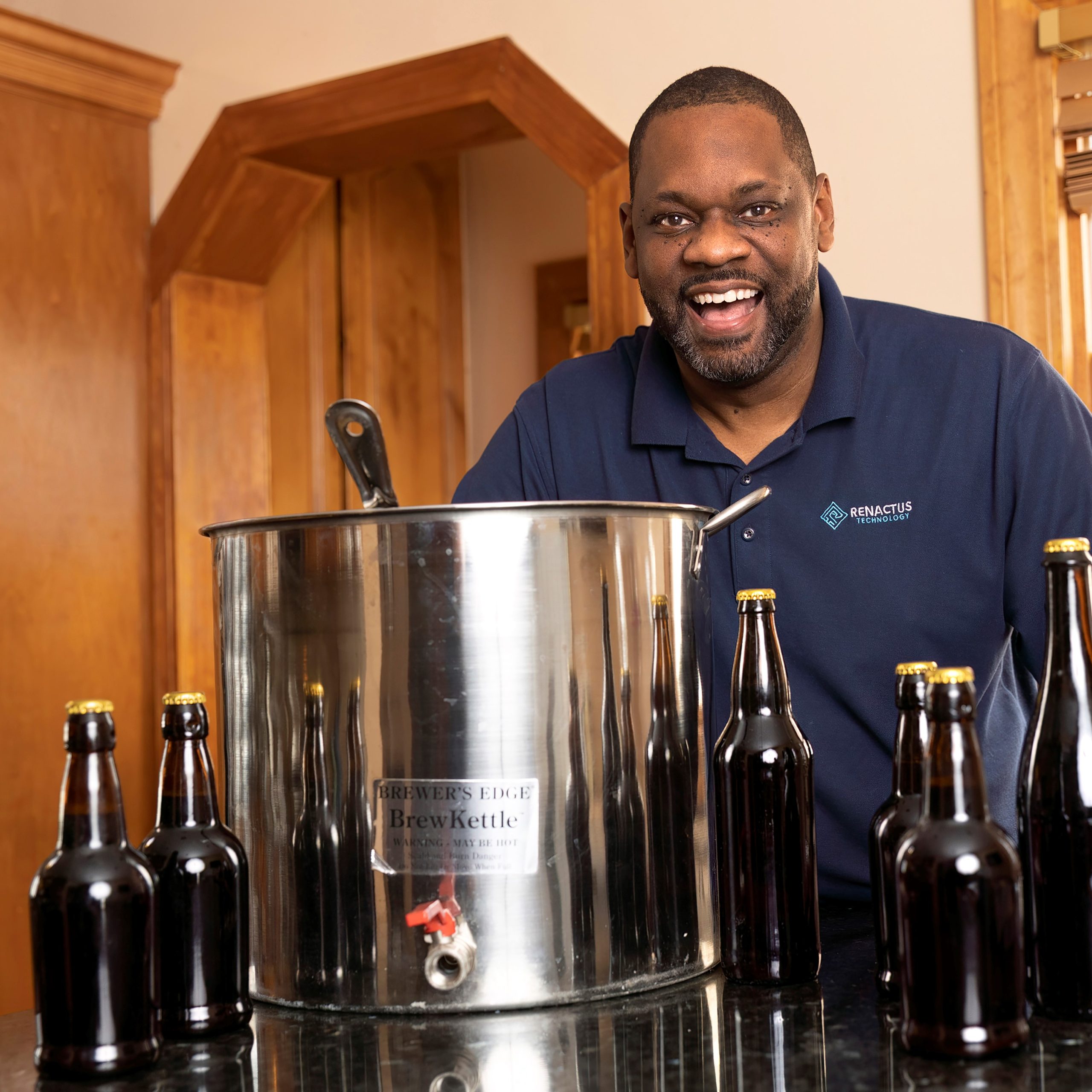AS THE SOLE “brewmaster” of my company for 17 years, only I knew the ingredients and processes I used to serve my customers. I was great at the tech side but terrible at the business side. Three years ago, when I recognized that I could no longer handle our growing workload, I hired my first full-time employees. The problem was, I didn’t know how to be a boss. I struggled with creating the perfect full-time roles that would free me up to strengthen all aspects of our operations.
A friend and fellow MSP advised me to concentrate on getting to good rather than perfect, attacking tasks in small chunks and improving them over time. Applying this “small batch” approach over the last year or so to everything from hiring to planning to rightsizing and repricing our stack has positioned Renactus for 20-30% growth this year.
When I launched my company in 2003, like many of my peers I had been working in corporate IT and was miserable. My family encouraged me to follow my dream of having my own tech company, so I bootstrapped the business. In 2015, I rebranded to Renactus and converted our business model to managed services with a concentration on medical customers, though we serve other verticals too.
While I had had part-time employees from time to time, my first full-time hire was an admin. I wasted about six months trying to create the perfect job description that also conveyed the processes and policies that were in my head. Then I applied the “get to good” concept and had her handle the phone first and then my calendar. We gradually empowered her to speak to clients, look up tickets, and even create tickets. Now she serves as the customer success manager.
I documented the process for each task in Hudu, then had her rewrite it in a way that made sense to her, giving her the liberty to improve upon it. Now we have documentation for the next admin we hire.
Using this incremental process, onboarding my next hire, a remote technician, went more smoothly. I also experimented with other ways to do things, such as recording my steps and processes in Loom and linking the video in SharePoint so he could reference it. Eventually, we’ll put those recordings in Hudu as well—a future step from good to better.
Once the tech was trained, I encouraged him to take the initiative on how to address a ticket, improve on that process, and document it in a format he understands. Now he is responsible for training our new tech.
The hardest part of the hiring process was learning to let go. I have to let our employees do their jobs. I’m even documenting my own job description so someone could step into my role one day.
That’s how we’ll grow, because I can now work on the business rather than in it. For instance, I now had the time to fully examine our finances and restructure our service offerings. I discovered we were spending money on tools we weren’t using and underutilizing others, so we rightsized our stack, reducing our expenses.
Part of the restructuring included raising prices, while ensuring our services offered more value for the customer. For instance, we now require all clients to have a minimum standard package that includes security awareness training, which is extremely important to help prevent cyberattacks. Now, we will not do business with clients who decline the minimum.
Since I was no longer working on support tickets, I was able to visit clients and discuss our new offerings and pricing in person. We did have one client who left us because of pricing, but has since returned.
With all these incremental improvements in place, and everyone knowing what they’re supposed to do—including me—I can turn my attention back to sales and marketing. Now that we have a shared recipe for success, we can move toward perfection as we grow the business in small batches.
Photo: Rod Goodman













